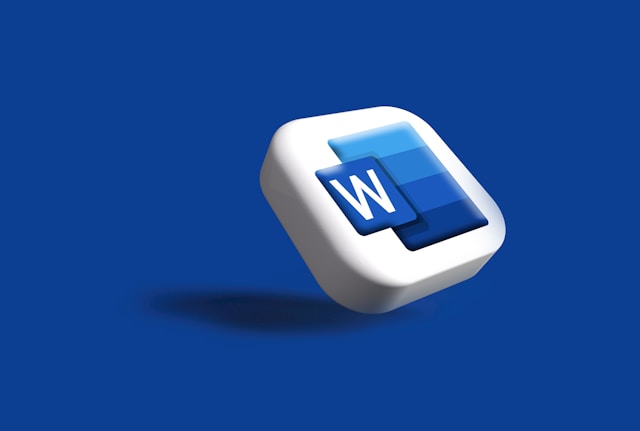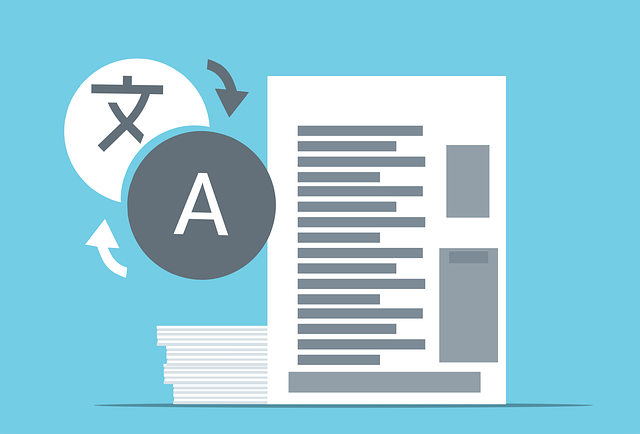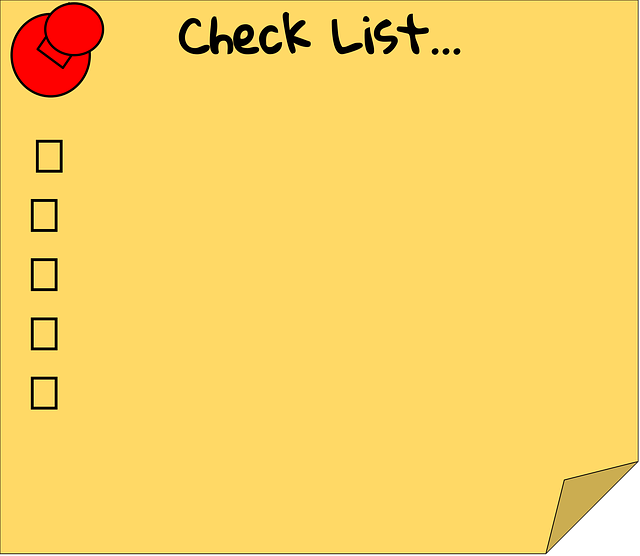Rapid Translate Team
People either have hard copies or digital formats of documents for translation. For most people, sending, receiving, and working on digital documents is less stressful than hurling papers around. Due to this, those embracing digitalization ask questions about how to translate a Word document.
A Word document translation usually follows the same steps as a written translation. Digital translations are more acceptable because they’re devoid of legibility concerns.
Hence, if you’re bilingual or multilingual, you may want to translate a Word document yourself. But is it possible? Let’s find out!

Table of Contents
Can I Translate Documents Without Hiring a Professional?
Anyone can translate documents if they have the necessary language skills. However, this will produce just a basic translation level, which may be sufficient, depending on the purpose.
But then, one doesn’t need professional qualifications to become a fluent translator. You can translate documents without having a degree to back up the skill. You must understand the source and target language properly and have excellent communication and people skills.
Moreover, you can take professional and accredited translation courses on renowned e-learning platforms like Coursera. All this can buff up your translations, and you’ll be good to go with practice.
Not all tasks require acquiring professional services. You can undertake simple translations yourself. You may get stuck on your first attempt, but it gets easier the more you try.
However, if you need help, you can seek assistance from mobile translation apps or websites like Google Translate. While several such machine language translation tools exist, Google Translate has one of the best algorithms.
Additionally, it’s easy to use. You can combine your translation knowledge with the tool’s suggestions to get a first draft before editing. You might make mistakes, so feel free to create countless drafts.
If you know anyone who understands the target language, you can ask them to help you proofread your translated document. A different eye might pick out missed errors, preventing you from making costly mistakes.

How To Translate a Document in Word
It isn’t difficult if you’re wondering how to translate a document in Word. Translating a Word document involves MS Word certificates and reports that are DOCX, DOC, or PDF files.
If you have any such document or someone sends one to you for translation, here’s what to do.
Begin by reading and understanding the original MS Word copy. Try to capture the content, context, and tone while at it.
Microsoft Word is an efficient word-processing program that lets you translate your entire document or a selected portion. The tool also has a feature that enables you to select words, phrases, sentences, or text blocks for translation.
So, follow these six steps to learn how to translate Word file:
- Open your MS Word document file and highlight the portion you want to translate.
- Navigate to the review tab and select the translate option.
- A drop-down menu will appear. Select translate selection.
- MS Word’s built-in translator will automatically detect and indicate the source language above the first text box.
- Click the drop-down arrow above the second text box to select the target language from the available options.
- Tap the insert button to replace the translated portion of the text. After insertion, you can read through to check for accuracy.

How To Translate a Word Document Completely
You can test-run the Microsoft Word translation package with a partial translation. But you must perform a word-for-word translation when you want to work on a complete document. Therefore, a complete translation is necessary. Here’s a brief guide describing how to translate a Word file, including death certificate translation.
If you want to translate an entire document, the steps are similar to those for partial translation. The only difference is that after selecting translate from the review tab, you’ll click the option to translate the document. This act will open a new section where you can choose the source and target language.
The tool will open a new documents tab containing the translation. You can save, edit, and format it to meet the required criteria. Then, you can export or send your translation to the recipient. If you’re using Google Docs, don’t worry; it has an efficient translation function you can use.

Do Professional Institutions and Agencies Accept Self Translations?
Most professional institutions and agencies do not accept self-translated documents. Although self-translation saves time and money, it’s impractical for official purposes. However, if you intend to use it personally, that’s fine.
You should note that, apart from self-translations, it’s risky to use translation apps and tools as they’re prone to inaccuracies. One cannot overemphasize the detriments of mistakes in translation. A single error can ruin great opportunities or lead to rejection.
For instance, adoption documents translation requires certified professionals to ensure all legal terminologies and nuances are accurately conveyed. Relying on experts guarantees that the translated document meets all regulatory standards and is accepted by the relevant authorities.
You may want to use an online translation tool and verify its results through editing, but this is also unprofessional. Even official translators refrain from performing self-translation because institutions will perceive biases. There may be slight undertones of over-exaggeration, which may be an attempt to polish your image.
Additionally, there are many niches in translation, thus demanding the use of specialists who understand their industries, terminologies, and systems. Compared to a standard translator, your translation will resemble a layman’s attempt.
Moreover, machine translations have limited languages, and your knowledge might not cover cultural and grammatical nuances. Furthermore, translation tools can’t upgrade the style and format of documents to meet the requirements of institutions and agencies.
For example, the United States Citizenship and Immigration Services USCIS has strict translation requirements, which a regular person will struggle to meet. Combining all these factors will result in low-quality self-translations, voiding the option in official settings.

Basic Translation Requirements
Though each institution and agency may have different requirements for foreign language translations, some basic rules exist. The first is accuracy. All foreign language translations must be a hundred percent correct and accurate. The translator must render each word accordingly without skipping anything.
Translators must not include anything outside the original file when translating. Additionally, translations must be complete. Hence, you must translate charts, graphs, pictographs, and other graphical representations accordingly.
The document translator must follow the same style guide, format, and tone. The language must also be the same as in the original document, whether formal or technical.
Another vital requirement is conciseness. The translated documents must not be unnecessarily lengthy, or you risk ambiguity.
As with all kinds of writing, it’s always best to stick to an active voice when translating. Certified translation must include the certification statement alongside the translator’s details.
Likewise, translators must take an oath and sign the jurat before a notary for notarization.
5 Types of Translators To Hire
You may wonder what to do since professional institutions frown against using machines and self-translations. Well, hire an experienced translator to do the job.
Due to the existence of several industries, translators carve out niches for themselves. You must contact the appropriate professional to handle your document.
So, below are five examples of translation specialists and the kind of documents they handle:
- Legal translators: They handle vital records like marriage certificate translation and court proceedings.
- Medical translators: They translate patient records, drug labels, and learning resources.
- Corporate translators: Translators in this niche work on business contracts, agreements, internal memos, etc.
- Academic translators: You can contact this category of translators for translations of your diplomas, transcripts, and degrees.
- Immigration translators: They translate all visas, international passports, green cards, residency permits, and immigration documents.
If you don’t know the category of translator you need, simple research will tell you. But why stress when you can contact a renowned translation agency to handle your business discreetly from A to Z?
At Rapid Translate, we have a variety of translation specialists available to handle over 60 language pairs rapidly and efficiently. So why learn how to translate a Word document when you can patronize experts for a meager fee? Contact us if you’d like to relax while having your translation requirements sorted out. So order now and experience the power of seamless communication today!





